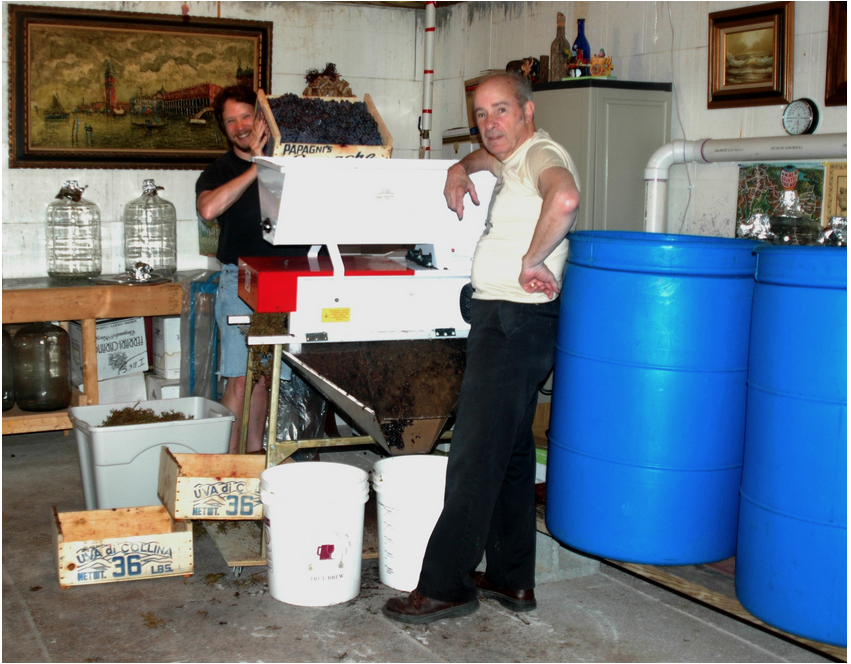
A
You might be encouraged to know that brass fittings have a long and storied history in winemaking. In fact, if you travel the back roads of Europe and poke your head into the cellars, garages and barns of many family wineries, you’ll notice quite a few brass spigots, tubing connectors, reducers and spouts around. The metal is easy to work, affordable and easy to locate. In places like the Rhône Valley or Bordeaux, however, things might be more modernized with a bit more stainless steel. This is because stainless steel is just a better all-around winemaking metal.
Brass is softer than stainless steel, so it can pit and scratch more over time, which can make cleaning more difficult. It also will lose its threads faster and so is more prone to leaks with each harvest season. It can really take a beating if you drop a fitting on the floor. Stainless steel just doesn’t have the structural issues that brass does.
The biggest negative in using brass for winemaking purposes, in my opinion, is its tendency to be soluble in wine and how hard it is for us to predict how much might or might not leach into our batches during normal use. Brass fittings can be better for higher pH liquids like beer or sea water, but the acidity of wine tends to make it a great solvent.
Now, a little copper (since brass is an alloy of copper and zinc in varying percentages) is good for wine, right? Sometimes yes, we do add copper sulfate (CuSO4) to wine to help with sulfide issues (hydrogen sulfide smells like rotten eggs and is a common fermentation and young wine defect). I won’t kill you with the chemistry, but the elemental copper in copper sulfate binds up with the sulfur-containing compounds, yielding the product less-smelly. Sometimes if you make the addition early enough and the level of your stinky compound is low enough, a copper sulfate treatment can make your problem go away entirely.
One problem with copper, and by extension, brass, is that residual copper in large doses is poisonous. The U.S. legal limit for residual copper (as copper, not CuSO4, which is only 25.47% copper) in wine is 0.5 ppm. Excess copper can also lead to a visual defect called “copper casse,” which is a fancy way of saying “haze.” Copper can complex with proteins in wine, leading to a protein-copper haze that is difficult to remove, even with a bentonite fining. Excess copper can also be a catalyst for oxidation, increasing the chances of encountering oxidative off-aromas and off-colors in wines. Because of these dangers, it’s best to add copper in a measurable amount, where you are sure you can keep the residual copper content of your wine well under the legal level and under levels where it’ll be in chemical excess and free to participate in all of those undesirable reactions.
Because brass can contain widely varying amounts of copper, anywhere from 50%–70%, and because leaching depends on wine pH and contact time, it’s really hard to judge how much copper might find its way into your wine through the use of a brass fitting. In addition, brass can also contain significant amounts of lead, or up to 2%. Since you might not know the lead content of your brass, I’d say it’s the very safest to stick with stainless steel for winemaking.
As for stainless steel fittings, check for suppliers among WineMaker advertisers (there is a directory of advertisers in this issue on page 70). I’ve personally had good luck with the following two equipment websites:
• The Compleat Winemaker: www.tcwequipment.com
• WE Winery Equipment Ltd. www.winery-equipment.com



